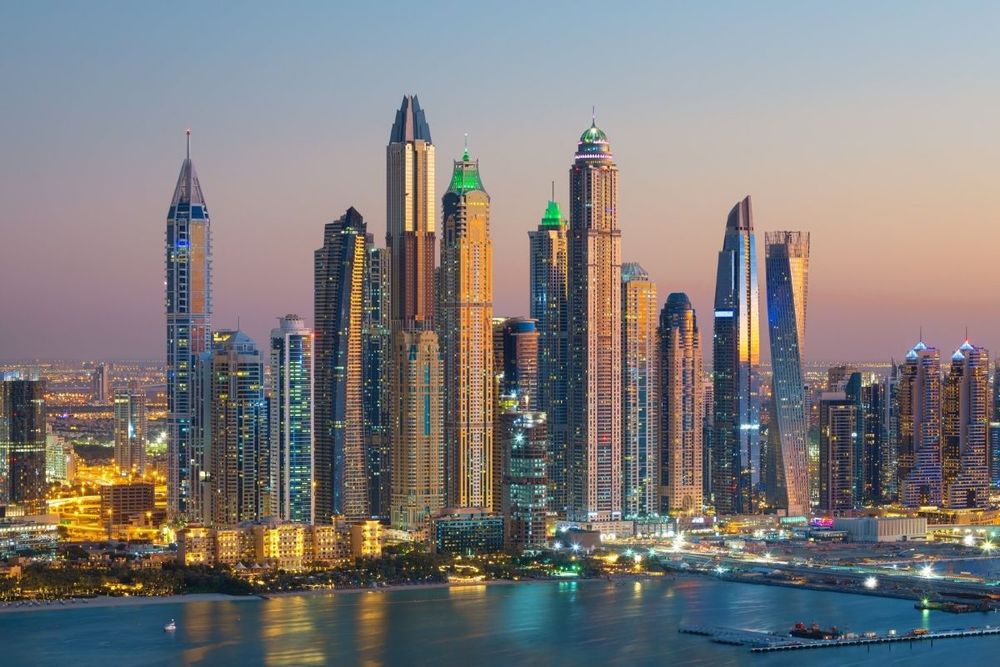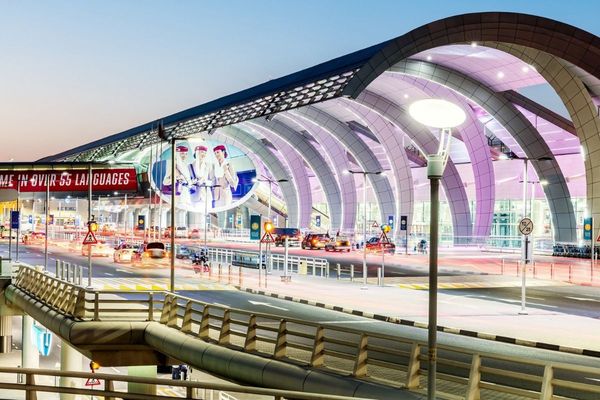The emirate ranked first by Savills in its Prime Residential World Cities Index for 2023.
The prime capital values in Dubai hit $730 per square foot and remained one of the world's most attractive real estate markets.
Dubai outperformed global prime residential markets in 2022 as capital values surged 12.4 per cent compared to 3.2 per cent average capital values across 30 major cities of the world, according to the latest report.
The emirate, ranked first by Savills in its Prime Residential World Cities Index for 2023, is expected to see steady growth in its capital values this year as the real estate consultancy expects up to a 7.9 per cent price increase in price the prime areas.
The prime capital values in Dubai hit $730 per square foot and remained one of the world's most attractive real estate markets.
“The regional hubs of Dubai and Singapore are forecast to top the global price growth charts in 2023. Both cities will continue to see sustained inflows of high net-worth individuals, however, they are not immune to higher interest rates and wider economic headwinds,”
said Swapnil Pillai, associate director for Middle East Research at Savills.
He said Dubai’s forecast prime price growth of between six per cent and 7.9 per cent is lower compared with the 12.4 per cent growth it recorded in 2022.
“There is still some headroom for growth for Dubai, given its sustained demand levels and lower prime property per sq ft costs compared to other global markets,”
Pillai said.
The Savills report indicated that many of the prime residential world city markets are set for a slowdown in 2023 with average price growth of 0.5 per cent forecast across the 30 global cities monitored by the real estate consultancy in its Prime Residential World Cities Index.
“Of the 30 major global cities tracked, 17 will record slower capital value growth than in 2022. However, 13 cities are expected to register equal or even slightly enhanced growth in 2023,”
according to the report.
The report further said Miami and Dubai recorded the highest level of capital value growth in 2022, at 25.4 per cent and 12.4 per cent, respectively, followed by Singapore at 6.8 per cent with a price of 41,550 per square foot.
“Whilst lower than the highs of 2021, growth has been fuelled by pent-up demand from both international and domestic buyers, a lack of quality stock and the inflow of high net-worth individuals, companies and family offices,”
according to the report.
Cape Town in South Africa and Rome in Italy secured fourth and fifth position with 5.1 per cent and 3.1 per cent capital value growth last year, respectively.
Kuala Lumpur stood firm at sixth position with 2.9 per cent capital value growth last year. The Malaysian capital was the most affordable city in Savills Prime Residential World Cities Index for 2023 with a $270 per square foot price in the prime areas.
Hangzhou (China), Madrid and Barcelona (Spain), and Mumbai (India) were the remaining four cities in the top 10 list of Savills Prime Residential World Cities Index.
Oxford Economics has forecast that by 2030 the number of households with an annual income exceeding $250,000 will grow by more than 15 per cent in each of these cities.
In Dubai, these households are also forecast to double, to just under 50,000 households, in the next seven years.
“Capital values rose by an average of 3.2 per cent across the 30 cities we monitor in 2022, with the second half of the year only contributing 0.7 per cent as the deteriorating economic situation and higher interest rate environment took effect,”
said Paul Tostevin, head of Savills World Research.
He said recessionary conditions, a higher interest rate environment and inflation will weigh on prime residential performance although the second half of the year holds some potential for global economic growth.
The real estate consultancy report noted that rents outperformed capital values in 2022 as average prime rental values increased by 5.9 per cent, driven by a lack of stock and rising demand. Capital values increased by an average of 3.2 per cent over the same period.
Rental growth came as people continued to return to cities after the lifting of pandemic-related restrictions, and as rapidly rising interest rates in the latter half of 2022 meant that more people chose to rent, adopting a ‘wait and see’ approach.
Lisbon and Dubai recorded prime rental gains of 25.4 per cent and 22.9 per cent, respectively, last year—both benefitted from an influx of lifestyle purchasers, attracted to these cities' climates, and quality of life on offer, supported by a strong business environment.
Meanwhile, Singapore led prime rental market growth with rates rising 26.2 per cent as the country opened up and saw strong demand from students, expats and high net-worth individuals relocating to the city.
Globally, prime yields averaged three per cent in 2022, and moved out the fastest in Dubai, Singapore and London. Dubai (+60 basis points (bps), to 5.3 per cent) and Singapore (+40bps, to 2.9 per cent) have seen substantial inflows of international tenants, leading average yields to rise above pre-pandemic levels.
“Prime yields in London rose by 25bps to 3.2 per cent; the city remains a global higher education hotspot, and international student demand further accelerated the lack of prime stock in the city,” according to the report.
Meanwhile, yields in Chinese cities have fallen since the onset of the pandemic as rents increased more slowly than capital values. Whilst the prime rental market remained healthy through most of 2022, the last few months of the year saw demand begin to fall in China’s major cities amid wider domestic uncertainty, leading landlords to reduce rents.
News Source: Khaleej Times









